Irritable Bowel Syndrome (IBS) is a very nagging problem faced by many individuals. The global prevalence of IBS is estimated to be 15%, and it is the most common functional gastrointestinal disease. Statistics show around 10-20% of the Western country’s population and around 30% of the Indian Population is struggling with the IBS issue. Common Symptoms for IBS are Lower abdominal pain, Diarrhea, Constipation, bloating & gas, Indigestion, and sometimes two or more of these symptoms. It disturbs regular day-to-day activity. Though IBS is not a life-threatening disease, if it is neglected it can cause depression, anxiety. weight loss, anemia, vomiting, and rectal bleeding. Medications can only get some temporary relief from the symptoms but Diet in Irritable Bowel Syndrome ( IBS) plays a crucial role in its management and treatment. Let us see in detail how to make an Indian Diet Plan for IBS.
What is the best diet for IBS?
Well, there is no specific Best Diet for IBS. A diet can help one but may harm the other IBS patient. So, Curing IBS with diet is a long process. Find out what triggers and what relives the IBS symptoms. Once, this is Sorted you can easily make the best diet plan for yourself. Certain foods can help in IBS, but everyone is different. It is better to consult the physician and get medically tested to understand the foods which trigger the IBS symptoms. After shortlisting the foods which trigger the symptoms, you can plan the diet accordingly.
Most commonly these 5 diets are available to reduce uncomfortable symptoms associated with IBS.
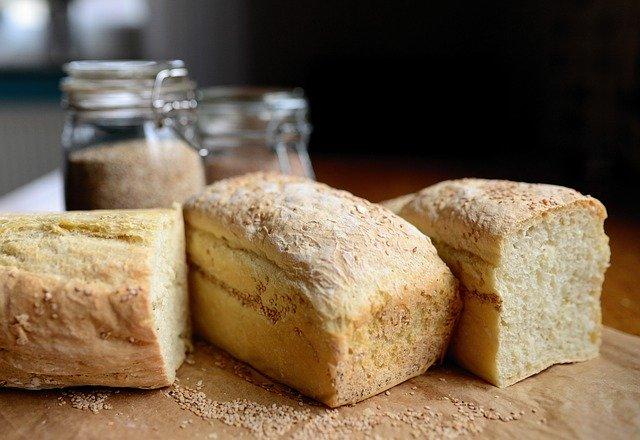
1. Gluten-Free Diet (1) (2)
Gluten is a family protein found in certain grains. people who are intolerant or sensitive to gluten can experience IBS symptoms when gluten is present in their diet. Gluten can damage the intestinal lining in such individuals. So, gluten must be completely avoided in such cases. A diet that excludes Gluten is called A Gluten-Free Diet.
Avoid : Wheat, Barley, and Rye and Foods containing them.
Include: Rice, Millets, Buck Wheat, Flax Seeds, Quinoa, and Sabudana (Tapioca)
2. Elimination Diet (3)
This diet is recommended by The International Foundation For Functional Gastrointestinal Disorders (IFFGD). Anyone who is newly diagnosed can start with this diet and see if there is an improvement in their condition. This diet mainly focuses on the elimination of four foods from the diet:-
- Coffee
- Chocolate
- Insoluble Fiber
- Nuts.
Completely avoid one food from the above list for 12 weeks, see the difference in IBS symptoms, then move to the next food in the list. You have to observe the food which when eliminated gave you relief from IBS symptoms and forgo that from the diet.
3. Low Fat Diet (4)
High fatty foods are very bad for people with mixed IBS symptoms – which are characterized by a combination of Constipation and Diarrhea. High-fat foods are contributors to many health issues including Obesity. It can worsen the symptoms in obese people with IBS patients. Embracing a Low-fat diet is helpful in weight loss, heart health, and improving uncomfortable bowel symptoms.
Avoid Red Meat, Deep Fried Foods, Junk foods like french fries, namkeen, Papad, Pizza, Burgers, Fritters, Full Fat Dairy, etc.
Include Lean Meats, Fruits, Vegetables, Grains, and Low Fat Dairy products.
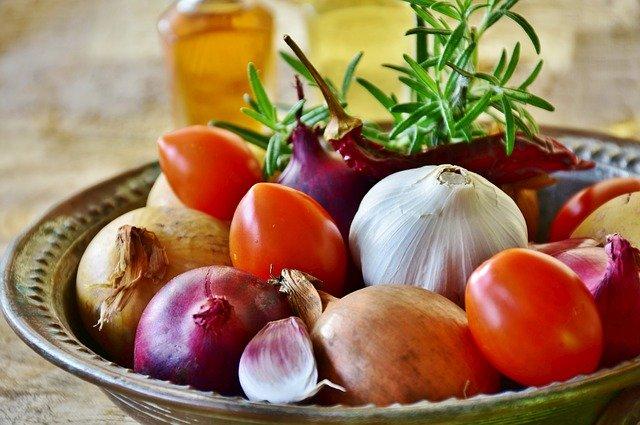
4. Fiber Diet (5)
Fiber is very essential to bulk up the stool and proper bowel movement. An adult must consume around 20-35 grams of fiber per day. Soluble fiber is very helpful to treat IBS symptoms. Insoluble fiber may cause discomfort during IBS. So, take insoluble fiber mindfully and try to limit it as much as possible. Ensure good water intake while consuming fiber-rich food.
Insoluble Fiber: Whole grains, Nuts, Tomatoes, Raisins, Cabbage, and broccoli
Soluble Fiber: Leafy vegetables, Parboiled Rice, Berries, Apples, and Oats.
5. Low FODMAP Diet (6) (7) (8) (9)
It is the most popular and useful diet in IBS management. High FODMAP foods are the carbs that pull excessive water into the bowel and can cause gas, bloating, and diarrhea after consuming these foods.
Benefits of Indian Low FODMAP diet?
The low – FODMAP diet is proven beneficial for thousands of people across the world. Several studies have shown that the FODMAP diet has improved the overall quality of life. Low FODMAP diet also showed increased energy levels in many patients.
FODMAP stands for Fermentable Oligosaccharide, Disaccharide, Monosaccharide, And Polyols.
These are short-chain carbohydrates that are resistant to digestion. Instead of being absorbed into your bloodstream, they remain in the intestine where most of the gut bacteria reside. Gut bacteria then use these carbs as fuel and produce hydrogen gas. These causes gas, bloating, and other symptoms in IBS patients.
Sometimes, they draw liquid from the intestine and cause diarrhea.
So, a diet that excludes all the foods which are high on FODMAP is called the Low FODMAP diet.
Common FODMAP’s are –
- Fructose: A simple sugar found in many fruits, Vegetables, and part of table sugar and many sugar forms.
- Lactose: Found in Dairy products like Milk.
- Fructans: Found in many foods like wheat, Rye, Spelt, and Barley.
- Galactans: Found in large amounts in legumes.
- Polyols: Sugars Alcohols like Xylitol, Sorbitol, Maltitol, Mannitol, and Sorbitol.
Not all carbohydrates are high on FODMAP don’t eliminate all the foods in this category. This diet must be followed for 8-12 weeks for proper results.
To plan a Low FODMAP diet systematically & to avoid overly restrictive meals please consult a qualified nutritionist and dietitian. They can make your work easier to make the best diet plan for IBS.
As the FODMAP diet is the most popular diet and bit confusing let us look at this in detail.
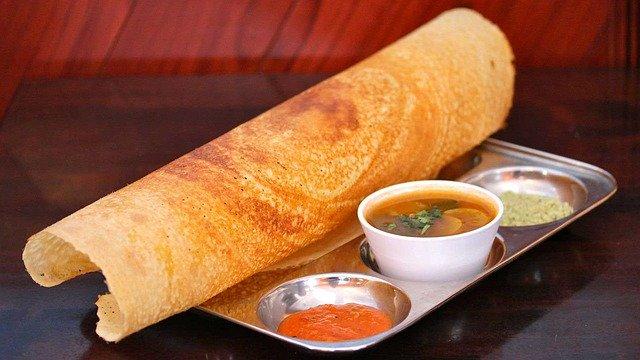
How to Plan the Indian Low FODMAP diet?
A low FODMAP contains three stages –
Stage 1: Restriction
This stage involves the strict elimination of all high FODMAP foods. This stage should last only 3-8 weeks. Few people feel better at the end of the first week but few people will take 8 full weeks to see any change. If someone doesn’t see any change during this period should consult a gastroenterologist at the end of 8 weeks. While High FODMAP’s must be completely eliminated from the diet, Low FODMAP’s can be taken in its diet judiciously.
Stage 2: Reintroduction
This stage involves reintroducing high FODMAP foods in the diet systematically.
The main purpose of this stage is –
- To identify which type of FODMAP’s you tolerate.
- To establish the amount of FODMAP’s you can tolerate which is called the Threshold Value of the particular FODMAP food.
In this stage, a particular food is tested one by one for 3 complete days. Then the food which is well tolerated will be slowly reintroduced. In this stage too, the patient must follow a restricted diet.
A qualified dietitian and nutritionist will help to guide you through the appropriate diet in this stage.
Stage 3: Personalisation
This stage is also known as the “modified low FODMAP diet”. A personally tailored diet plan can be made by observing the tolerance levels of various FODMAP’s identified in the second stage.
Once the individual progresses to this stage he can add more variety in his diet. Once there is increased variety and flexibility in the diet gut health and quality of life improve.
Are you clueless what are the foods which are low or high on the FODMAP diet? If yes, do not worry we will explain what to include or exclude from your diet. In spite of all the restrictions, it is very important to have a balanced meal that includes all macro and micronutrients – Carbohydrates, Proteins, Fats, Fiber, Vitamins, and Minerals.

Indian Low FODMAP foods (which should be included)
| Food Groups | Food |
| Vegetables | Carrots, Cucumbers, Tomato, Zucchini, Eggplant, Potatoes, Turnip, Ginger, Olives, Bell Pepper, Spinach, Chives, Chillies, sweet potato |
| Fresh Fruits | Bael fruit, Banana(not over-ripened), Guava, blueberries, strawberries, oranges, sweet lime, grapes, Papaya and Pineapple |
| Dairy/Non-Dairy Milk Products | Almond Milk, Rice Milk, Coconut Milk, Brie (soft cheese made from goat’s milk), Cheddar cheese, and Parmesan Cheese |
| Meat | Chicken, Eggs, Fish, Prawns, Lamb, Pork, Prawns. |
| Grains | Parboiled/White Rice, Brow Rice, Oats, Quinoa, Corn Flour, Buckwheat, Jowar Millet, Tapioca, Psyllium Husk Fiber (Isabgol) |
| Beverages | Water, Green Tea, Black Coffee, Black Tea, Mint Tea, and Fresh Fruit Juice. |
| Nuts | Almonds, Peanuts, Pine nuts, Walnuts, and Pecans |
| Others | Pumpkin seeds, Sesame seeds, Soya, Tofu, Pepper, salt, mustard, White Vinegar, Basil, Indian Sweet Rasogulla |
| Oils | Coconut Oil, Olive Oil, and Ghee |
Indian High FODMAP foods (which should be excluded)
| Food Groups | Food |
| Vegetables | Onions, Garlic, Cabbage, Broccoli, Beetroot, Mushrooms, Cauliflower, Spring Onions, Peas |
| Fresh Fruits | Apples, Mango, Water Melon, Avocados, Cherries, Plums, BlackBerries, Prunes, Peaches |
| Dairy Non-Dairy Products | Milk, Soft Cheese, Yoghurt, Paneer, Ice Cream, Custard. |
| Sweeteners (natural/artificial) | Honey, Jams, High Fructose Corn Syrup (HFCS), Hummus, Inulin, Isomalt, Agave Nectar, Xylitol , Malitol. |
| Grains & Pulses | Wheat and Rye based bread, cereals and Pasta, Barley, Besan flour, Chickpea Flour, Coconut Flour, Semolina |
| Beverages | Apple Juice, Coconut water, cocktails, Alcohol, Ready Made Sports drinks, Apple Cider Vinegar, Coco-Cola, Tetra Pack Juices, Juice concentrates like roohafza and Rasna |
| Nuts and Dry Fruits | Cashew Nuts, Pistachios |
Limitations of Low Indian FODMAP diet
Low FODMAP diet is not like other popularly known FAD diets like keto, Paleo, or GM diet for weight loss or to make physique. The Low FODMAP diet is only for individuals who are diagnosed with Irritable Bowel Syndrome (IBS). This diet helps to identify the foods which exaggerate the IBS symptoms. At the same time, this diet has certain limitations-
- This diet is not recommended for Kids and Pregnant Woman.
- This diet is not a long term or Sustainable diet.
- This is a very restrictive diet.
- Eliminating Small Chain Carbs can reduce Prebiotics which are very essential for gut health.
- People who have other food allergies or diet restrictions when following Low FODMAP, it can cause nutritional deficiencies.
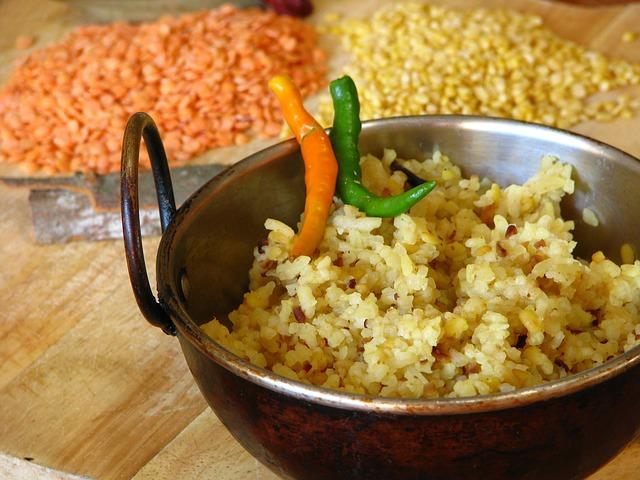
10 Golden Rules to be followed in Indian Low FODMAP IBS Diet
- Take Probiotics Daily
- 2.Avoid Common food triggers!
| High FODMAP foods |
| Fatty Foods |
| Alcohol |
| Carbonated Beverages |
| Caffeine |
| Chocolate |
3. Implement a Low FODMAP diet.
. Elimination Phase
. Reintroduction Phase
. Personalization Phase.
4. Eat 6 small meals.
5. Chew Your Food slowly. Do not watch television or mobile while having meals.
6. Avoid Artificial Sweeteners and stop smoking.
7. Exercise regularly for 45 min – 1 hour daily. You can do walking, swimming, Cycling, Yoga or any sports of interest.
8. Reduce stress in your life. Meditation is the best tool to reduce stress try to listen to your favorite music or read a book. Simply talking to your best friend for 5 minutes can reduce your stress drastically.
9. Sleep well.
10. Eat Local, Seasonal, and organic farm-fresh vegetables and fruits.
Summary
Once diagnosed with IBS, it is necessary to change diet and lifestyle Habits to manage and treat IBS symptoms. There are 5 types of diet plans to treat IBS – Elimination Diet, Gluten-Free Diet, Low FAT Diet, Correct Fiber Diet, and the most popular FODMAP diet. With the help of a qualified nutritionist and dietitian, the Low FODMAP Indian diet plan will help you to come out of the IBS problem easily. Along with diet, one should bring a healthy change in their lifestyle for better results. With immense patience, consistency, and dedication, one can manage the IBS symptoms efficiently and have a healthy, happy & balanced life. Follow this step-by-step Indian diet guide for IBS patients to improve the situation. All the best.

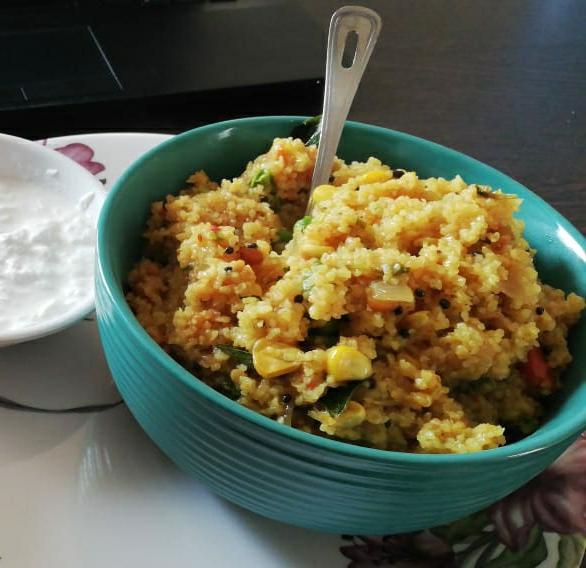
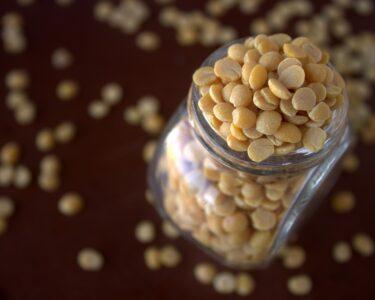

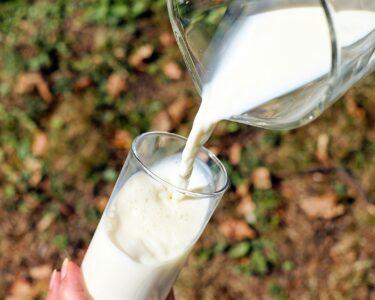

28 Comments